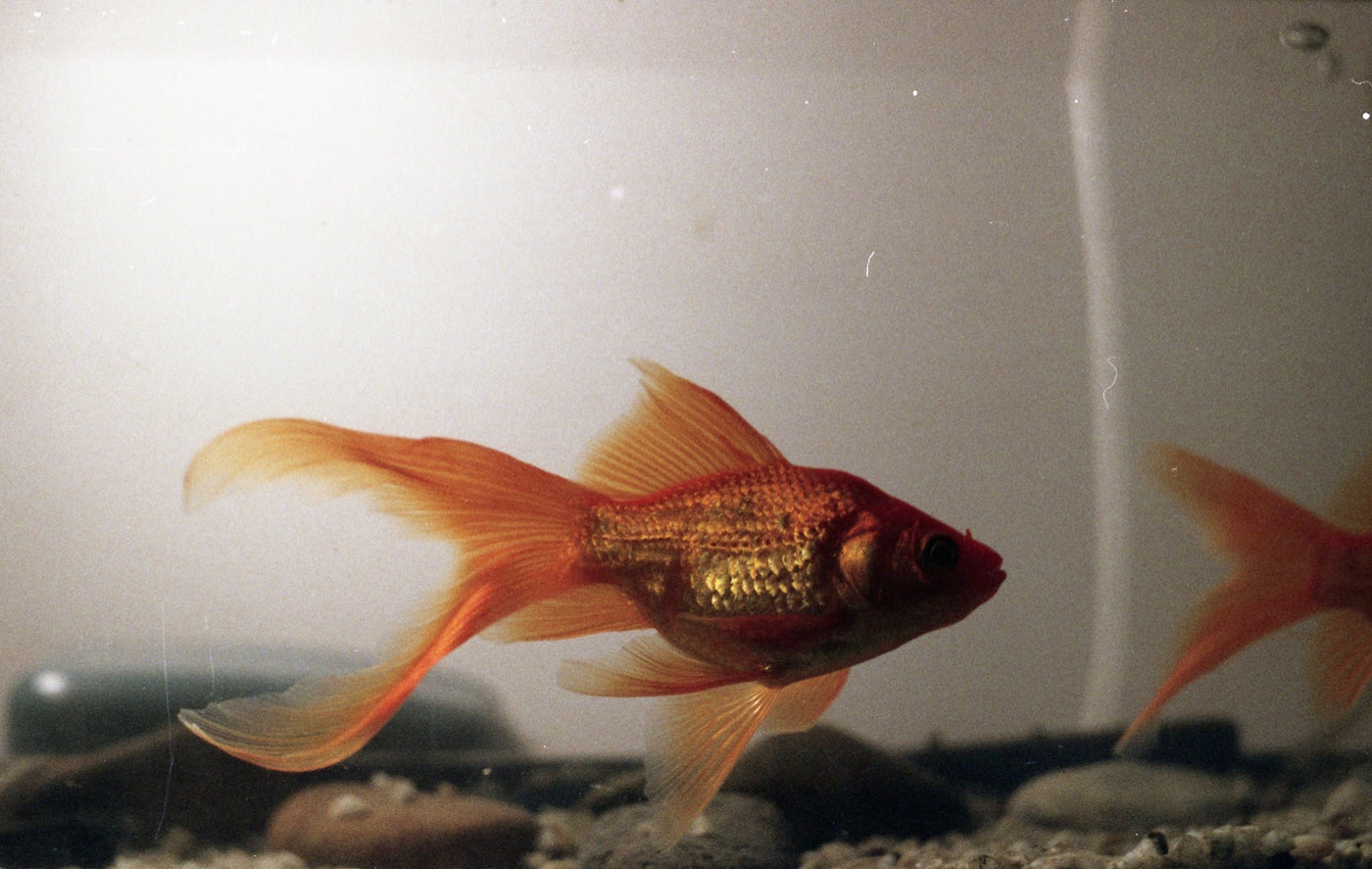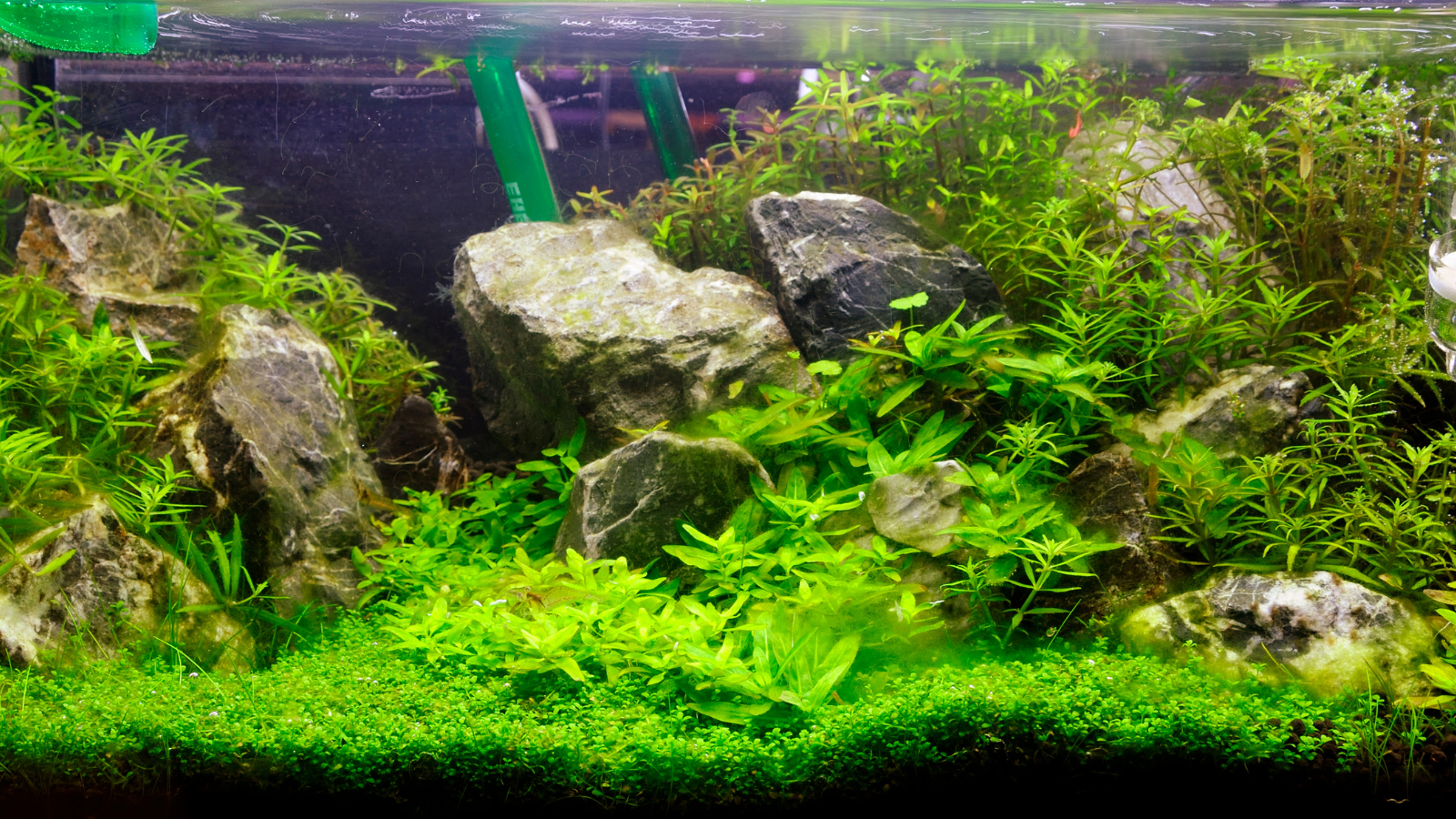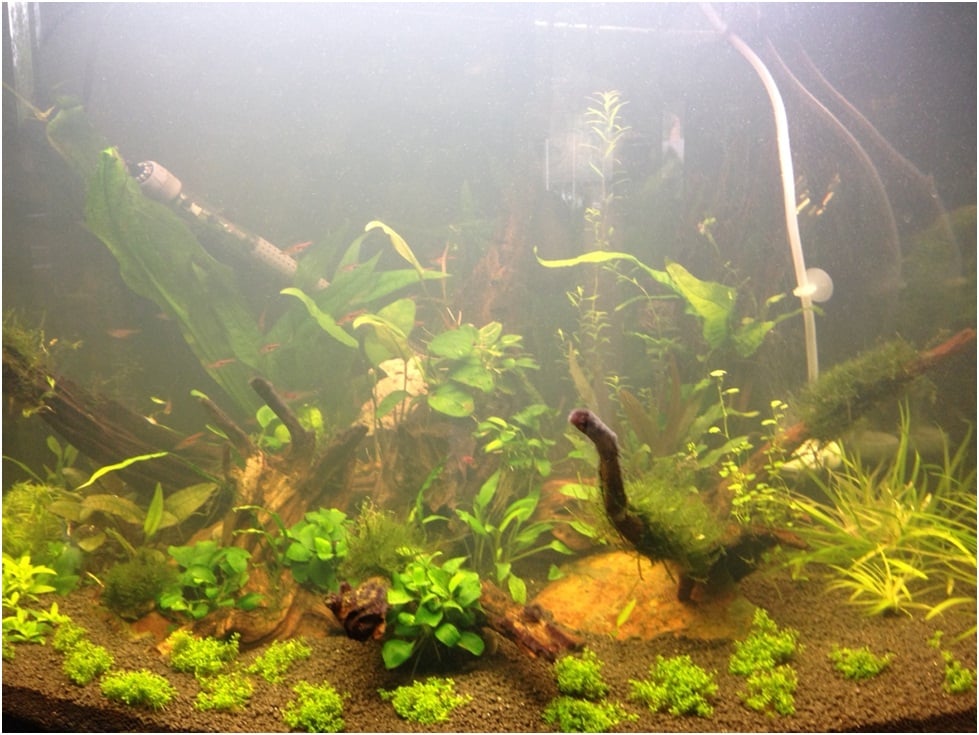
Overview of Fertilizers in a planted tank
Plants need light, air and food to survive and flourish. Those who are new to the planted tank hobby focus on the first two, thinking that this is one of the more advanced concepts they need to tackle later on. They research the types and light intensity, injecting carbon dioxide into the planted tank but they rarely research on the complexity of all the nutrients that their aquarium plants need and chances are they will research this when they have already experienced some form of nutrient deficiency and their tank is in jeopardy. It may be a lot to take in but it only needs common sense to start understanding it.
Let us start with the understanding that every living organism needs food. This article will then discuss what nutrients your aquarium plants need.
Plant fertilizers in general can be classified into 2 categories; Macro and Micro.
Macro nutrients
Macro nutrients, otherwise labelled as N-P-K (Nitrogen, Phosphorus, Potassium) is consumed by aquatic plants in large amounts. They can be compared to carbohydrates and proteins in our food. These are needed for plant growth. The aquarium hobbyists would want to apply these plant nutrients on a regular basis an hour or so before “lights on”.
Micro nutrients
Micro aquarium fertilizers are composed of different minerals which plants need in small amounts for certain functions. Iron, Calcium, Magnesium, Boron and certain other trace elements are in fact needed to keep the plant healthy. These trace elements would be the vitamins and minerals of the plant world. These nutrients, opposite to the macro nutrients would be better applied after “lights out”.
How to choose best aquarium plant fertilizers?
The best fertilizer product should confirm the presence of these elements and how much of each one is present. Do not trust a brand that does not disclose this information. Just like when buying food in the supermarket, people need to know what stuff is made of and how much was used to make it.
Nitrogen
Plants need plenty of nitrogen. This is the main food for any aquatic plant. Nitrogen is essential in the production of new plant growth. A tank that has enough Nitrogen supply is evident in bright, green, healthy leaves and very fast growing plants. Nitrogen in the form of nitrates and as the end product of the nitrogen cycle will be produced in a healthy, well cycled aquarium so careful consideration must be given as to how much of nitrogen should be applied to the aquarium. In heavily stocked tank, there would probably be needing little supplementation if any because nitrogen deficiency is not likely. It is for this reason that most bottles of fertilizers formulated for the planted aquarium have very little percentage or none of this stuff.
Phosphorus
Nitrogen and Phosphorus are almost certainly present in a well cycled tank. This is basically being introduced to the tank through the fish food being given to the aquarium’s fauna. Phosphorous is vital in the plants cell generation and overall health but like Nitrogen careful consideration must be done to determine whether to introduce this compound in the planted tank. The tank is going to have this anyway. An appearance of very dark green stunted leaf zone is one sign that the tank lacks this nutrient. Low plant growth rate is another.
Potassium
Potassium is essential to the plants ability to regulate water and certain nutrients. This is where most aquarium plant food products concentrate on providing since this is not normally found or produced in a planted aquarium. An Aquarium with sufficient Potassium and Phosphorous can be observed due to plants growing very healthy roots. Some stem plants can even be observed throwing roots on its middle section far from the substrate. Unlike Nitrogen and Phosphorous, an excess of Potassium in the water column has not been known to trigger algae growth but will certainly cause other problems as well. Yellowing or browning of the leaf margins is a sign of potassium deficiency. Stunted growth rate can be observed as well.
Iron
Of all the Micro Nutrients, Iron is one of the most essential. Some companies even go to the extent of having a separate bottle of extra iron fertilizer. Iron plays an important role in the synthesis of chlorophyll. This nutrient is responsible for the healthy colors in a planted aquarium and is indispensable in the Dutch Style planted tank. Iron comes in many forms. The form that plants can utilize is Fe2, commonly provided as Ferrous Sulfate. Plants do not need plenty of it but they do need it. Symptoms of Iron deficiency would be lack of pigments or coloration on new leaves giving it a yellowish appearance. Evident green veins on pale old leaves can be observed as well.
Calcium and Magnesium
These elements when mixed in water is what makes aquarium water hard. These nutrients are generally found in tap water unless the local tap water is too soft which is rare. As a practical measure, just monitor the plant's TDS (Total Dissolved Solids). If it gets too low, then tank water is too soft and calcium and magnesium is definitely needed as a supplement. If TDS is too high, then the aquarist may need to mix soft water to it just to get the levels correctly. Most aquarists though do not have to supplement this in the planted aquarium. Twisted new growth is a sure sign of Calcium deficiency while Magnesium deficiency shows similar symptoms with Iron deficiency. Leaves become chlorotic giving it a yellowish appearance with darker veins. Oftentimes these symptoms show up together.
Other micro nutrients
Other Micro nutrients to note are Boron, Manganese, Molybdenum and Zinc. These certain elements are being provided as an “all in one” fertilizer bottle. Though administered in small doses, these Micro nutrients are still essential for plants survival and general aquatic plant nutrition.
How to dose micro and macro nutrients?
We can provide fertilizers for planted aquariums in various ways. A balanced general fertilizer is an ideal fertilization option for beginners in aquarium hobby because it does not require calculating the proportions of specific nutrients. Along with the experience gained, you can start supplementing separately macro- and micro nutrients in liquid fertilizer form. Using these liquid fertilizers helps in better control of more demanding species growth. These liquid fertilizers also allow growing plants with shades of brown and red. For full coloration, such plants may need larger amounts of nutrients or regulating the availability of individual nutrients.
Fertilizing with carbon dioxide
Fertilizing with carbon dioxide is recommended specially in tanks with high light. Although using it in low lighted aquarium is also beneficial. Why? All plants need carbon dioxide to perfom the photosythesis. In high light tanks, plants are more stimulated to absorb CO2 from the water column. There are many plants which are considered as even impossible to grow in planted tanks without CO2 injection, e.g. eriocaulon cinereum. In nature, CO2 usually occurs in water in large quantities from underground deposits of this gas and decomposition of various organic compounds. Read this article to see details. In aquariums, there is not so much CO2 so fertilizing with this element is very useful in terms of plants growing. CO2 is also very beneficial for slow growing plants as it stimulates them to grow faster. Moreover, this plant fertilizer affects very positively on plant health and colouration. If you haven't tried CO2 yet, take a look at our descriptive article how to set up a CO2 enriched aquarium. We're sure that after setting up such an aquarium, you'll se obvious differences in your plants appearance.
Summary
It is important to note that overdosing with nutrients is just as nutrient deficiencies . This is not one of those scenarios where the quote “less is more” is applicable. Read the instructions on the label. Observe plants on a daily basis. Be familiar with your plant care requirements and do not provide more nutrients than needed otherwise your aquatic plants will suffer. We strongly hope that with this article you'll know how to deal with nutrient deficiencies in future!


